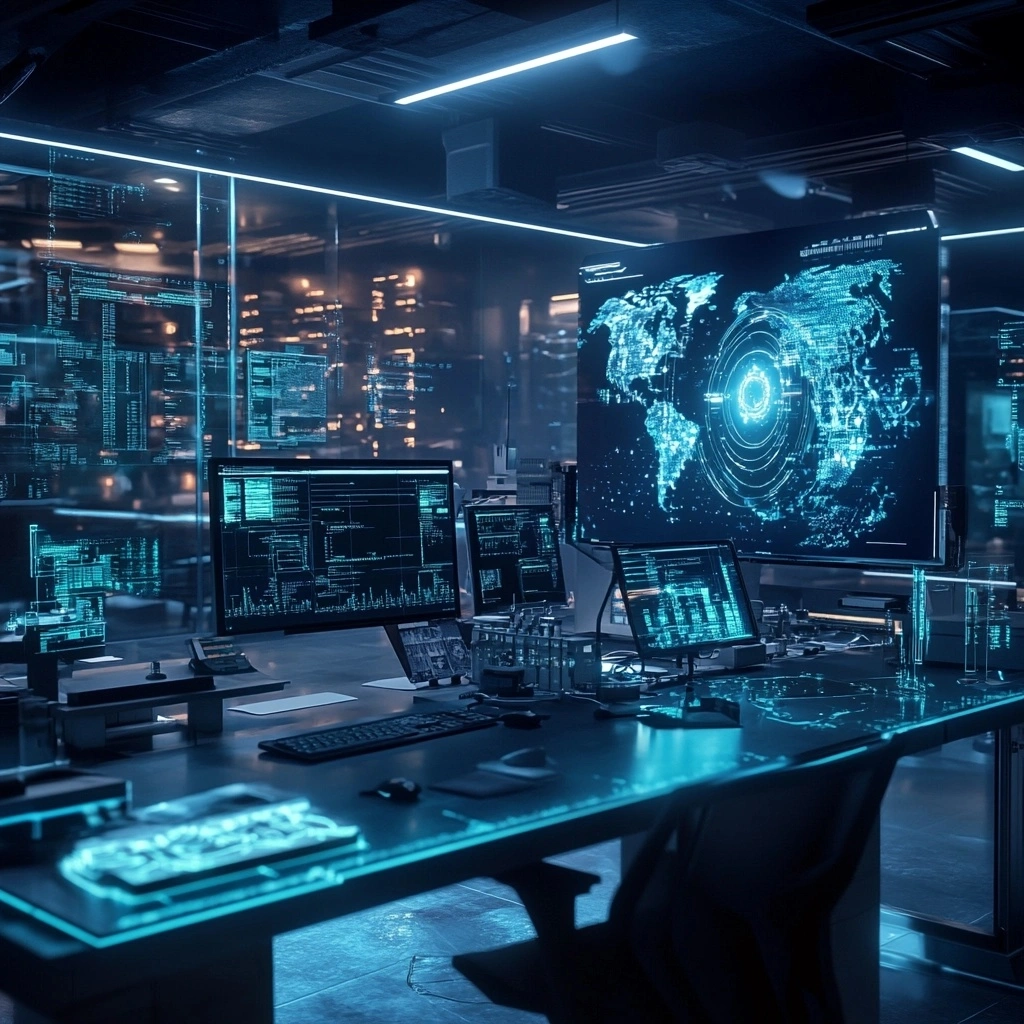
As we move closer to 2025, the landscape of cybersecurity will be shaped by increasingly sophisticated threats. In the near future, businesses and individuals will face a wide range of new cyber risks, and it is critical to understand these challenges in order to stay protected. Artificial intelligence (AI) will not only improve cybersecurity defenses but will also enable cybercriminals to launch more advanced and adaptive attacks. AI-powered malware and automated cyberattacks could easily bypass traditional security measures, targeting vulnerabilities faster and more efficiently.
With the development of quantum computers, traditional encryption methods are at risk of becoming obsolete. Cybercriminals may exploit advancements in quantum technology to break existing security protocols, making it essential for businesses to adopt quantum-safe encryption methods by 2025. Ransomware attacks are expected to become more targeted, sophisticated, and devastating. Future ransomware may not just lock data, but also manipulate it, causing irreparable harm to organizations.
To combat the emerging threats of 2025, cybersecurity technologies will evolve, focusing on more advanced and proactive defense mechanisms. The Zero Trust model, which assumes that no one, inside or outside the network, should be trusted by default, will become the standard for cybersecurity. Businesses will implement zero trust frameworks to ensure every access request is verified, regardless of its origin, minimizing the risk of internal and external breaches.
